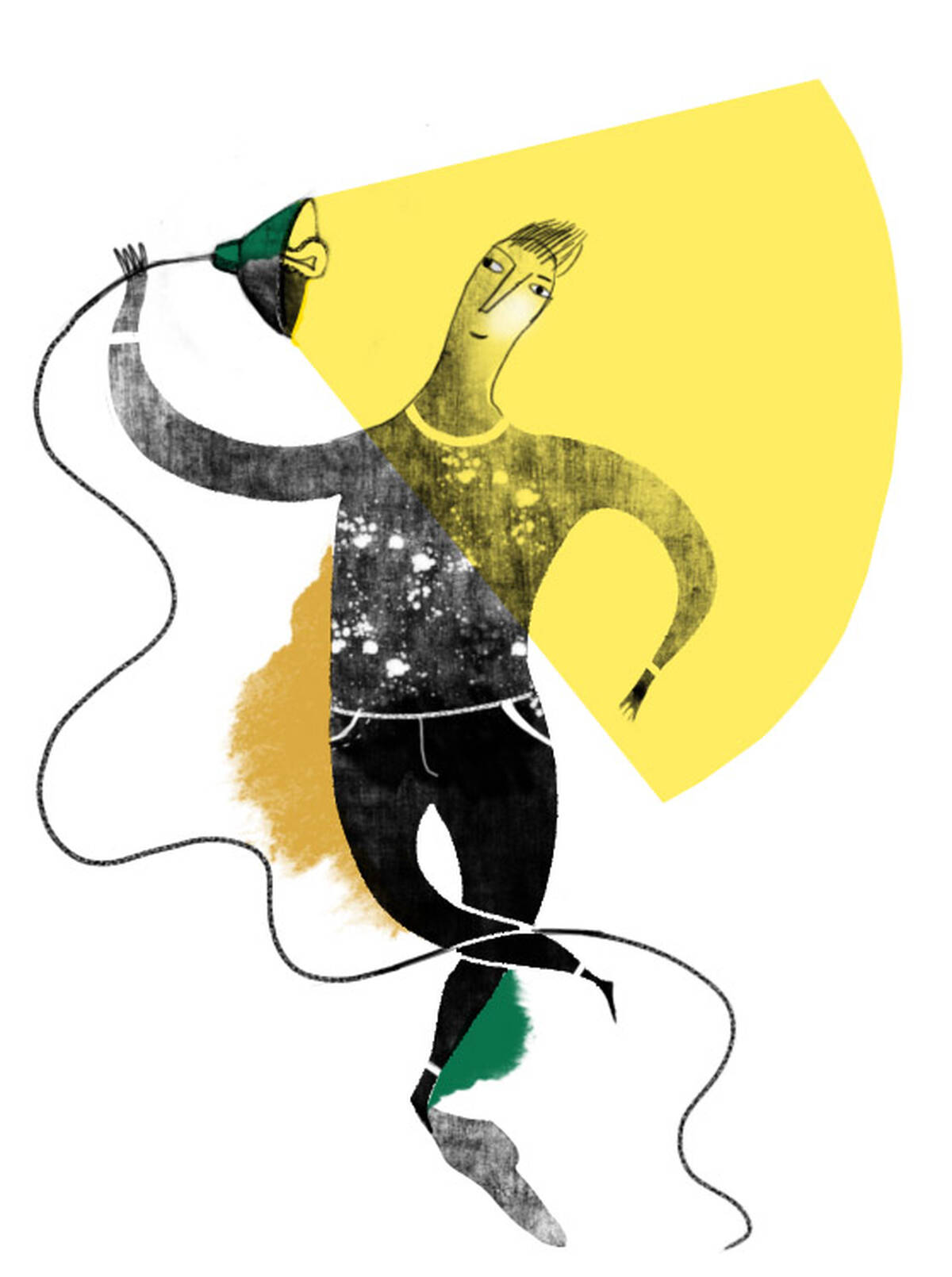Marketing Jun 2, 2014
Bright Lights, Big Feelings
Emotional responses intensify when you turn up the lights.

Yevgenia Nayberg
“A light without shadow generates an emotion without reserve,” wrote the critic and philosopher Roland Barthes over half a century ago. Aparna Labroo’s recent study on the effect of bright light on emotional responses reflects Barthes’ sentiment perfectly. The study by Labroo, a professor of marketing at the Kellogg School, and Alison Jing Xu of the University of Toronto, found that ambient brightness amplifies both positive and negative emotional reactions to the world around us.
Labroo is interested in what she calls “below-the-radar influences on consumer judgment.” These include how physiological factors affect consumer decisions. She was curious about what impact ambient lighting might have, so she scanned the existing research—and found two seemingly conflicting ideas.
The first was that bright light increases positive feelings. People tend to feel better and more optimistic when it is sunny out; even the stock market does better on sunny days. The second was that suicides increase when the weather is nice. Fewer suicides occur in the winter months, with the highest numbers in late spring and summer, when sunshine is abundant.
“These two streams of literature didn’t seem to reconcile,” says Labroo. But she and Xu developed a hypothesis that might explain the paradox: “We said, maybe it’s the initial gut reaction that gets amplified in bright light.” Bright light usually correlates with heat, and heat is linked to emotional intensity. “This psychological experience of heat turns on the hot emotional system,” they wrote recently in the Journal of Consumer Psychology, “intensifying a person’s emotional reactions to any stimulus. Thus, in bright light, good feels better and bad feels worse.”
Is It Hot in Here or Just Bright?
To test this idea, the pair conducted a series of six experiments over a two-year period. First, they tested whether bright light does in fact increase our perception of heat. Sure enough, the researchers observed that students who were sitting in a brightly lit room experienced the room as warmer than students sitting in the same room at the same temperature, but with the lighting dimmed.
In addition to temperature, the effect also extends to our preferences for “hot” foods. In another study, students in either brightly or dimly lit rooms ordered chicken wings from a menu that offered 16 levels of hot sauce; those in the brighter rooms tended to want spicier sauce.
Even our judgments about hot-tempered—and “hot-and-sexy”—individuals are amplified. In yet another study, participants were shown a script for a mock TV commercial, featuring a man who behaves in ways that could be considered aggressive. He honks at someone while driving to work; he curses out someone in a parking lot; he rushes past a pregnant woman getting on an elevator. “He could’ve just been in a hurry,” Labroo says, “or very pissed off at life.” When asked to evaluate his aggressiveness, participants in brighter light rated him more hot-tempered. The same participants were then asked to look at a series of female models supposedly being considered for casting in a print ad. Those sitting in the brightly lit room rated all three women “hotter” than those in the dimly lit room did. The experiment, wrote Labroo, showed that “bright light polarizes judgments of both positive and negative stimuli.”
The connection between light and heat, say the researchers, may run deep in our psyches, with bright light creating “an illusory experience of heat.”
By now, says Labroo, “we had inferred that bright light changes our craving for things that are thrilling,” as well as how we perceive different kinds of heat in our environment. But another experiment went even further. Participants were asked to report their feelings toward a series of positive, negative, and neutral words—ones that, unlike previous studies, were in no way associated with the word “hot.” Again they found the amplification effect: in bright light, people’s reactions to both the positive and negative words increased.
A Deep Connection
The connection between light and heat, say the researchers, may run deep in our psyches, with bright light creating “an illusory experience of heat.” The studies at hand suggest that light and heat are so tightly coupled that light can trigger our hot emotional system—for better or for worse—even in the absence of physical heat.
Labroo and Xu are not the first to consider this relationship. Take the quotation from Barthes, which the pair uses to introduce their paper. “It’s nice to see similar intuitions reflected across different fields and methods,” says Labroo. “It’s particularly exciting to see someone associated with both philosophy and semiotics express similar thoughts. It also affirms our effect is interesting to people beyond our discipline.”
Indeed, the study has implications for consumers, marketers, and even policymakers, says Labroo, “given the range of decisions we make in bright light.” If we are drinking a beverage we love, we are likelier to indulge in a brighter room (in fact, in another study the researchers find this to be true). If we are enjoying a shopping experience, we might spend more in brighter light. “And since it changes the way we perceive others, it could even make a difference in negotiations,” Labroo says. Want to sway others with an impassioned plea? Consider a noontime meeting in a bright room. Or dim the lights and let cooler heads prevail.
Xu, Alison Jing, and Aparna Labroo. 2014. “Incandescent Affect: Turning on the Hot Emotional System with Bright Light.” Journal of Consumer Psychology. 24 (2): 207–216.


